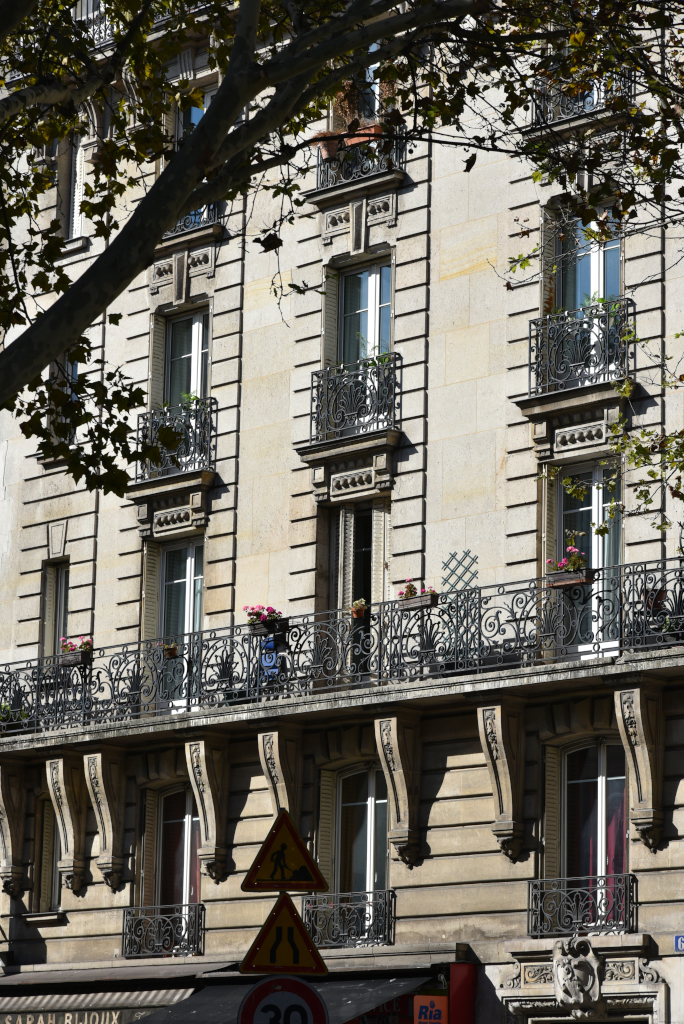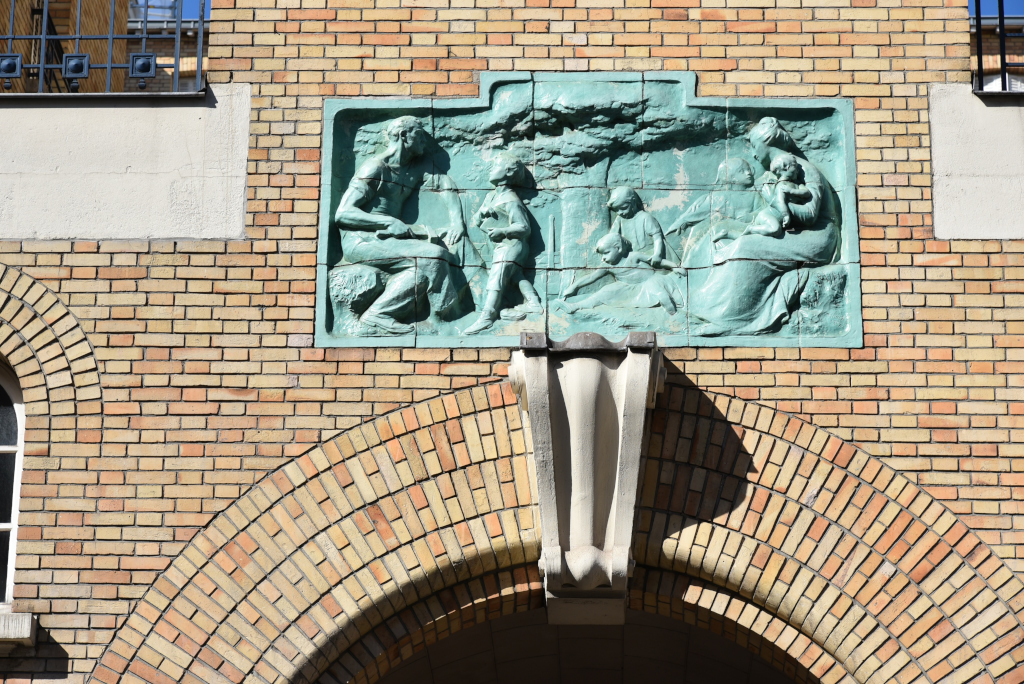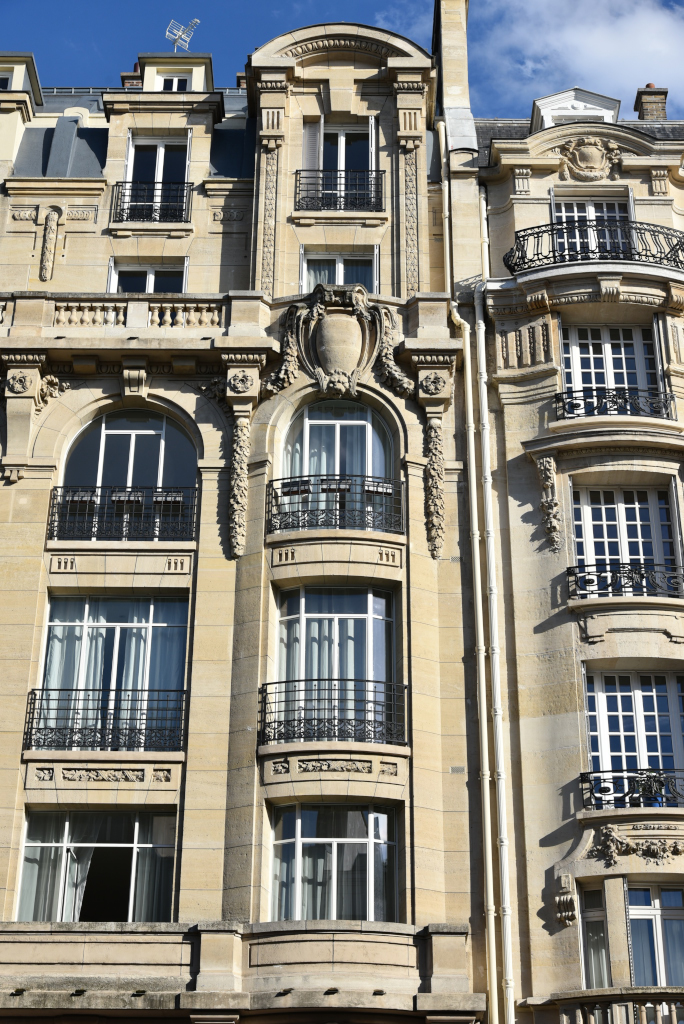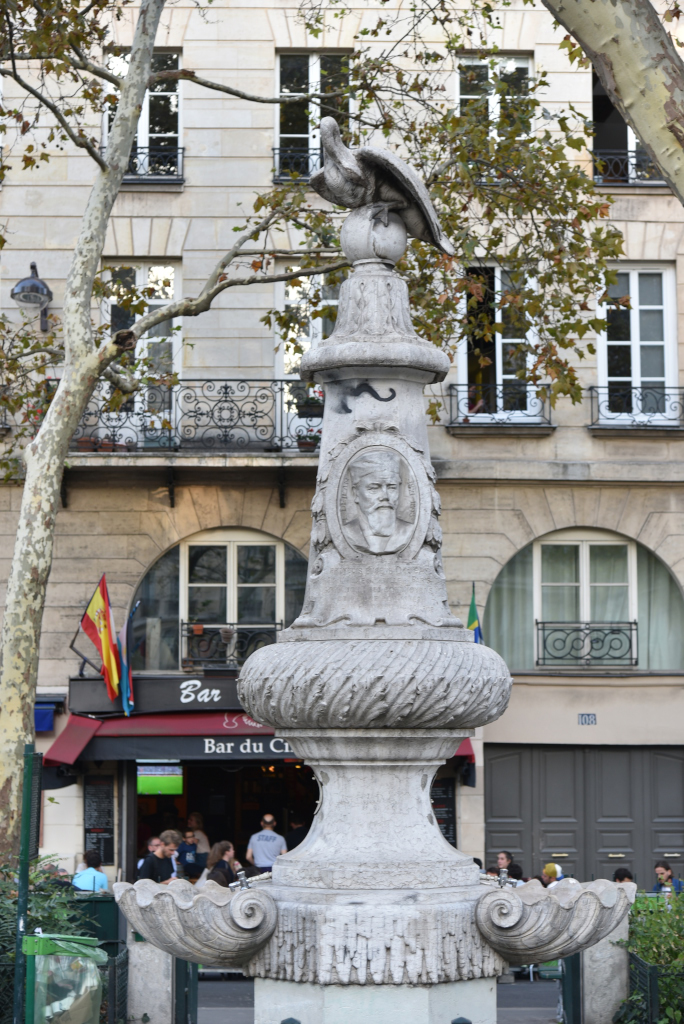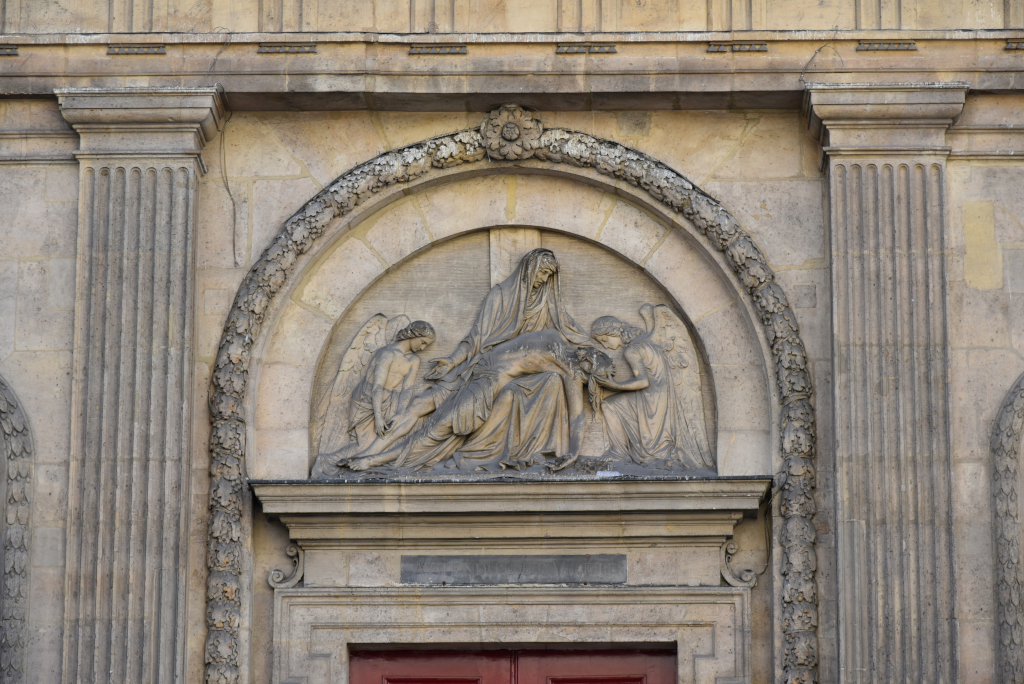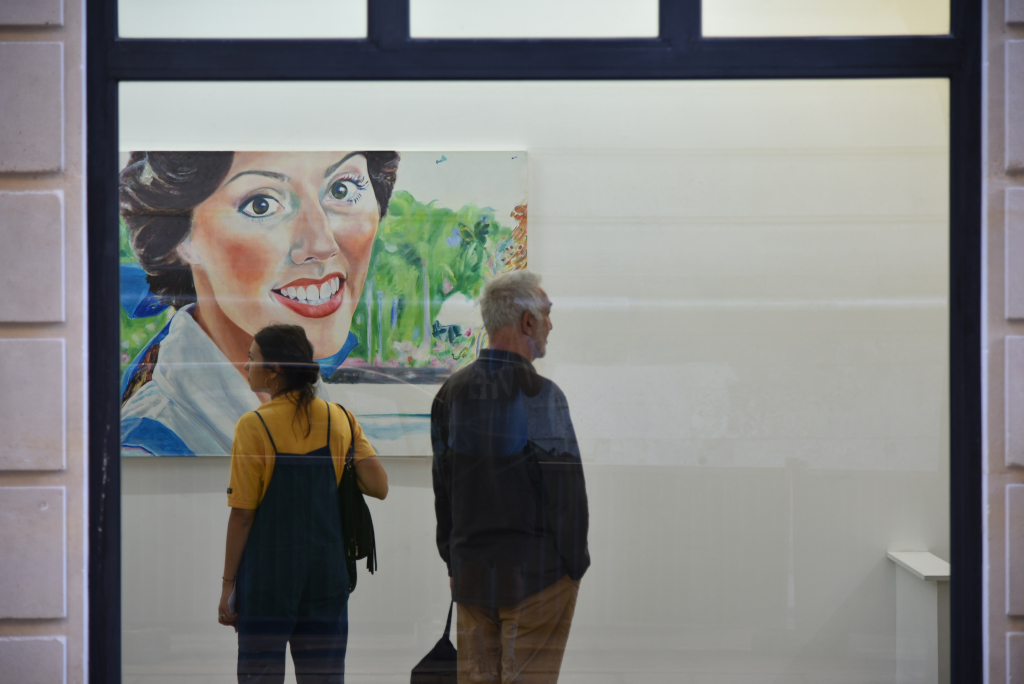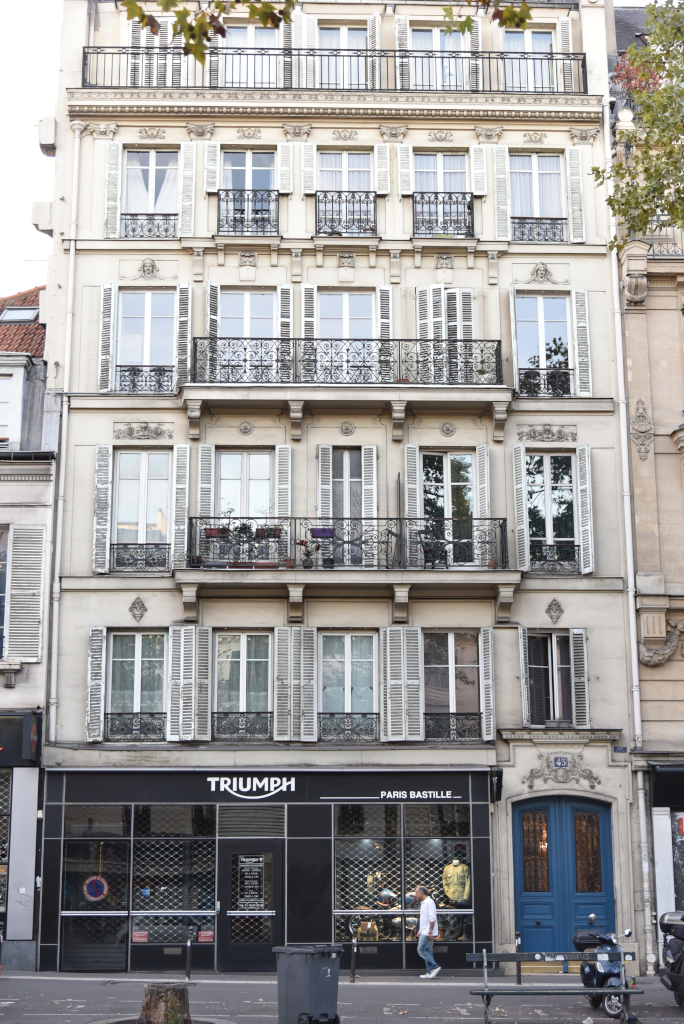September 8, 2019
The 20th arrondissement of Paris lies inside the eastern periphery of the core, extending over an extensive terrain bounded on the east by the north-south E15 highway which also serves as the boundary between the city of Paris and the town of Saint Denis. The Belleville metro station anchors the northwestern corner, the northern border running along rue de Belleville all the way to the northeastern corner just east of the metro Porte des Lilas, forming the boundary of the 20th with the 19th arrondissement.
The western boundary of the arrondissement is established by the boulevard de Belleville, running into the boulevard de Charonne, and extending to the southwestern corner of the arrondissement, just east of the Porte de la Nation. The southern boundary of the 20th is established by the Cours de Vincennes, which runs east toward the E15, just northwest of the northwestern corner of the Bois de Vincennes.
I wander the alleys around the metro Jourdain on the rue de Belleville, the neo-Gothic structures behind Saint-Jean-Baptiste de Belleville, the boucheries, fromageries and boulangeries with their ethnic slant. The area is livened up by its murals and colourful bohemian populace, although the pretension is taken down a notch with the presence of McDonalds, which is an institution in its own right in France.
Located in the northeastern corner of the centre of Paris, the 3rd arrondissement is most famous for containing the upper portion of the Marais, the former marshes that grew to become of the city’s trendiest areas. The 3rd arrondissement extends from the Porte Saint Martin in the northwest to Place de la République, the top of Place des Vosges, with rue des Francs Bourgeois defining the southern boundary.
Being in the centre of the city, the neighborhood is home to the painfully elegant buildings, shops and eating establishments that give Paris its notoriety, centering on the Hôtel de Rohan, where the national archives are located. The archives are currently hosting an exposition on the revolutionary period of Southeast Asia, including images of Ho Chi Minh exhorting the populace to engage in struggle against imperialism, somewhere highly ironic, given the opulent nature of the neighborhood the archives are located in.
The Archives Nationales de France have one of the largest and most important archival collections in the world. The Archives Nationales has been located since the beginning of the 19th century in a group of buildings comprising the Hôtel de Soubise and the Hôtel de Rohan in the Marais of Paris. This centre stores all the documents and records from before 1958 (except the documents and records of the former French colonies) as well as the archives of the French heads of state. Since 1867 it has also housed the Musée de l’Histoire de France.
The archives were created at the time of the French Revolution in 1790, although they contain original documents dating as early as 625 A.D. The archives currently contain about 406 km of documents (the total length of occupied shelves put next to each other), an enormous mass of documents growing every year. The Archives Nationales hold the original Declaration on the Rights of Man and of the Citizen, dating from 1789, which was used to disseminate to the political community the first-ever French Constitution and represents the first printed version of that text.
The Opéra Bastille is one of the city’s primary opera houses, built on the Place de la Bastille. It is home to the Paris National Opera, France’s principal opera company, and provides a venue for opera, ballet and symphony performances. The opera was built on the site of the Bastille fortress, used through French history as a state prison, and famously stormed on 14 July 1789, in the French Revolution, becoming an important symbol for the French Republican movement. Built initially to defend Paris from the English in the Hundred Years’ War, under Louis XIV the Bastille became a prison for upper-class members of French society. Under Louis XV and XVI, the Bastille was used to detain prisoners from more varied backgrounds, and to support the operations of the Parisian police, especially in enforcing government censorship of the printed media.
(Narrative excerpted from Wikipedia)





